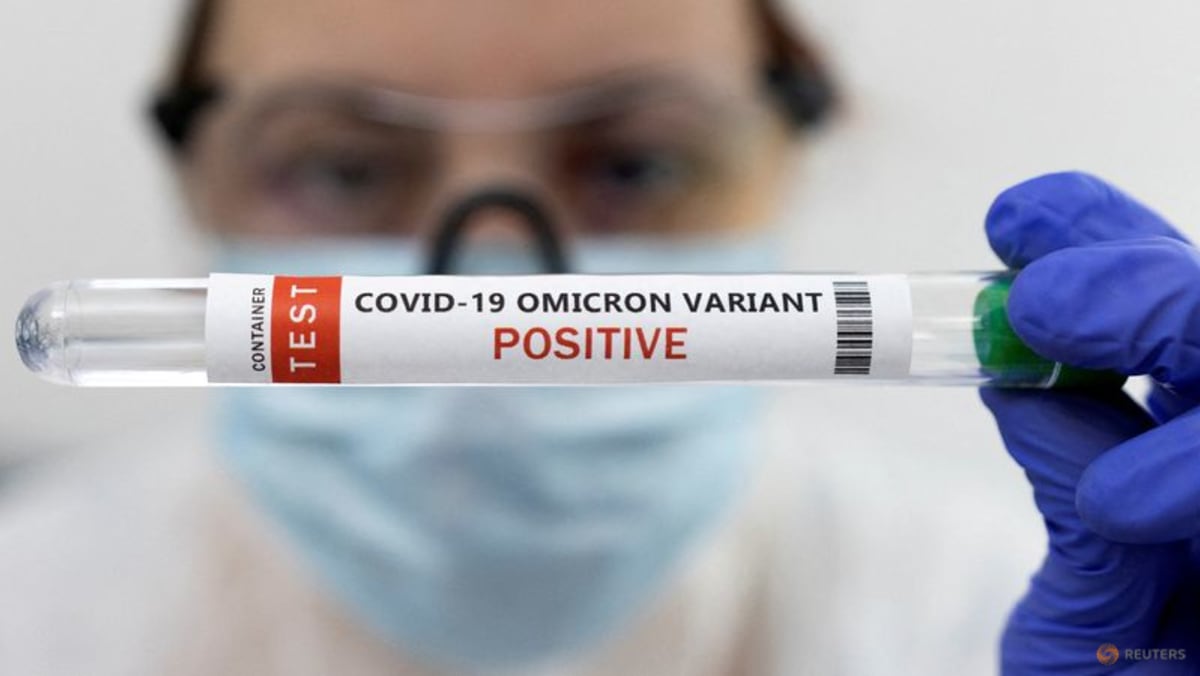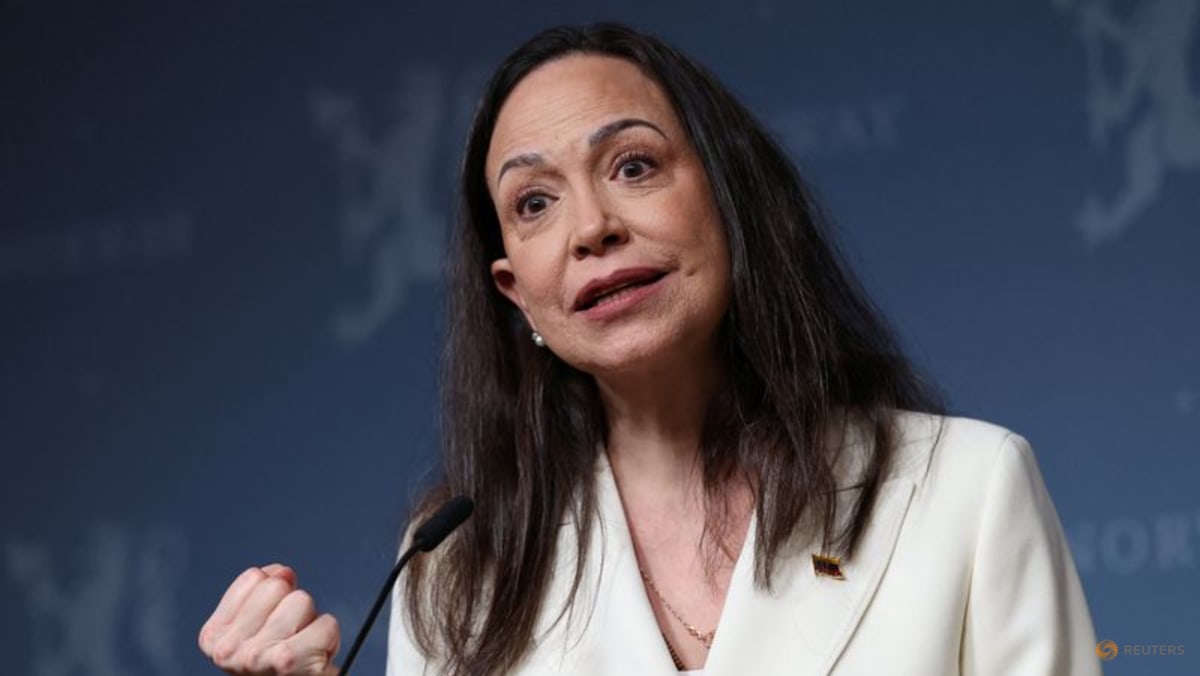Commentary: How is ‘variant of interest’ Eris different from other Omicron variants?

India first saw this variant back in May, but it has also seen only sporadic cases, and no major rise in overall infections. Like Australia, it is the XBB family of Omicron variant that continue to dominate in India, accounting for 90 to 92 per cent of infections.
Given the ancestral variant for EG.5.1 is XBB 1.9, which was Australia’s dominant variant over winter, it’s also possible Australia might have better population level immunity than countries like the US.
As Australians start to emerge from winter, with boosted natural immunity and booster vaccination, they may be less likely to see this EG.5.1 muscle out other variants. However, as immunity wanes, with greater distance since the last wave, they will inevitably see infection rates start to push up again – potentially in late spring. EG.5.1 might drive this, or it could be another variant currently circulating.
COVID-19 IS BECOMING LESS OF A THREAT BUT STILL NEEDS WATCHING
It’s reassuring that the intervals between COVID-19 waves in Australia are increasing and the heights of the peaks are diminishing with each successive wave since Omicron arrived.
It’s also heartening that emerging variants aren’t genetically that different, so our immunity, vaccines, testing and treatment are still effective in protecting us from serious illness.
Time is our ally. The more time our immune systems have to mature, the more they can respond to a range of variants far better than before. Our antibodies may wane over time, but the pool that is left represents quality rather than quantity in its ability to target many variants.
The virus is changing, with Omicron variants gradually taking over from others. But we need to remain vigilant and keep minimising infection risk where we can, and monitoring the genomic data so we’re alert to any seismic shift and take note if a variant is classified as a variant of concern.
Catherine Bennett is Chair in Epidemiology at Deakin University. Stuart Turville is Associate Professor, Immunovirology and Pathogenesis Program at Kirby Institute, UNSW Sydney. This commentary first appeared on The Conversation.
Source: CNA















